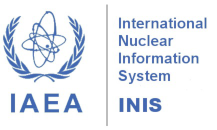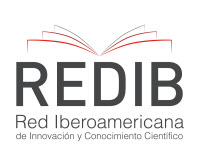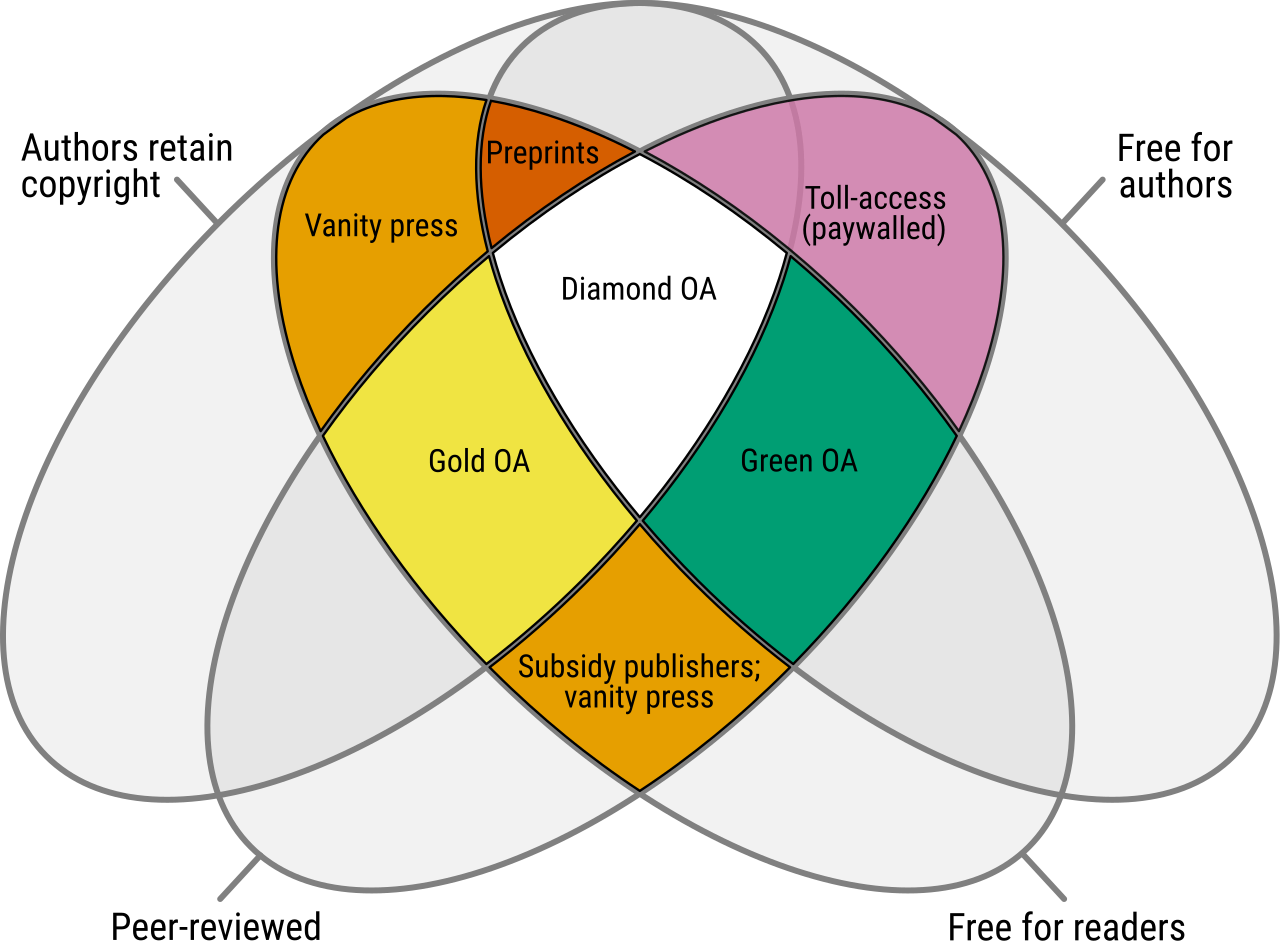New article published in 12(4B) - ENFIR/INAC 2024
Steady-State Coupled Calculations (Serpent-GeN-FOAM) Applied to Molten Salt Fast Reactor (MSFR)
Abstract: The Molten Salt Fast Reactor (MSFR) represents a significant innovation within the Generation IV nuclear reactor systems, distinguished by its use of molten salt as both fuel and coolant. This study presents a methodology for performing steady-state coupled neutronics and thermal-hydraulics (TH) calculations for the Molten Salt Fast Reactor (MSFR) using Monte Carlo (MC) and Computational Fluid Dynamics (CFD) techniques. The reactor was fed with fuel salt using LiF as base salt, thorium (232Th) as a fertile material and 233U as fissile material. Uncertainty quantification was performed using an extended Grid Convergence Index (GCI) method. The extended Grid Convergence Index (GCI) method was applied to quantify uncertainties in temperature, velocity, and power density profiles. The results highlight the significance of coupled convergence, particularly for the power density field, and reveal lateral recirculation and hot spot formation in the reactor core. The noise reduction techniques applied to the MC simulations effectively smoothed power density profiles, reducing statistical uncertainty. Read full article.
Initial Safety Parameter Evaluation of a PWR Loaded with Thorium and Reprocessed Fuel
Abstract: The once-through cycle (OTC) of nuclear fuel results in storing large quantities of high-radioactive isotopes. Alternatively, the closed cycle (CC), which involves reprocessing and reusing spent nuclear fuel, improves fuel utilization and reduces high-level radioactive waste. This study evaluates the feasibility of incorporating reprocessed fuel into a Pressurized Water Reactor (PWR) core. The PWR core was simulated based on the component dimensions, material definitions, and fuel compositions described in the available Benchmark for Evaluation and Validation of Reactor Simulations (BEAVRS). This core configuration originally contained only uranium-based fuels enriched at different levels, namely 1.6, 2.4, and 3.1 wt-% of 235U, and was used as a reference case. Subsequently, the spent fuel of a PWR that attained a burnup of approximately 33,000 MWd/tHM and a cooling period of five years was theoretically reprocessed using two techniques: GANEX or UREX+. Both reprocessed fuels compositions were spiked with thorium dioxide. Then, four other PWR core configurations were simulated: two with the insertion of fuels reprocessed by the GANEX or UREX+ technique replacing uranium-based fuel enriched at 2.4% and two with the insertion of fuels reprocessed by the GANEX or UREX+ techniques replacing uranium-based fuel enriched at 3.1%. The Serpent code was used to simulate the reactor and assess the neutron flux, temperature reactivity coefficients and the impact of the boron concentration in the coolant on the effective multiplication factor. The findings indicate that using reprocessed fuel in this PWR core is not only feasible but also advantageous. Read full article.






















